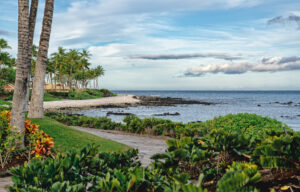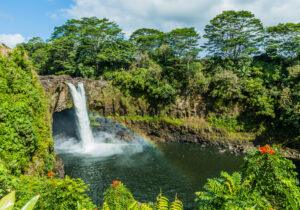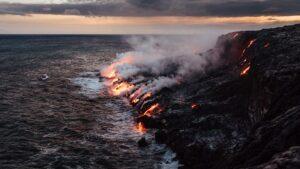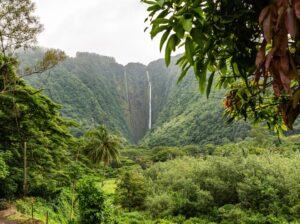Welcome to WordPress. This is your first post. Edit or delete it, then start writing!

Things to do in Waikoloa: A Travel Guide
Waikoloa, Hawai’i, is a delightful hidden gem on the South Kohala side of the Big Island. This meticulously designed resort village is located on 35,000



